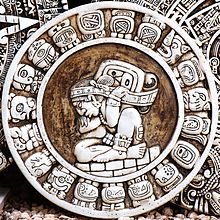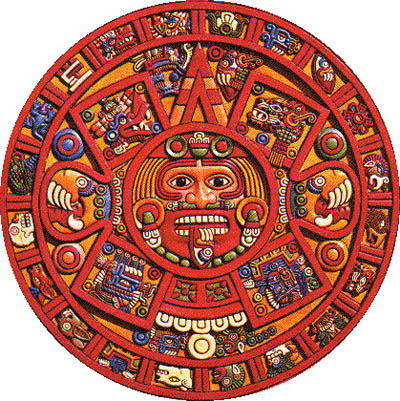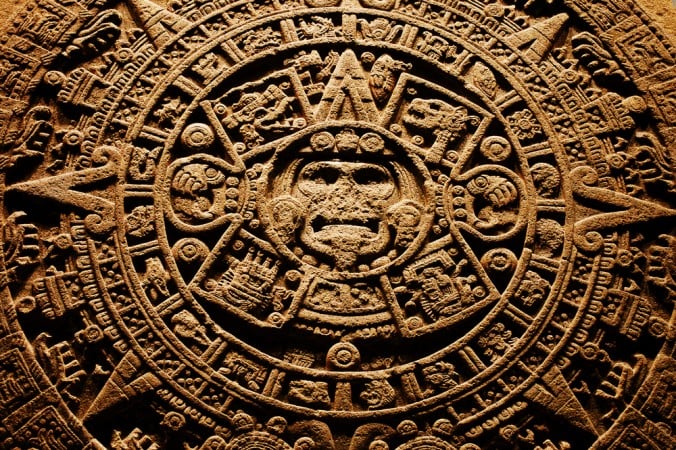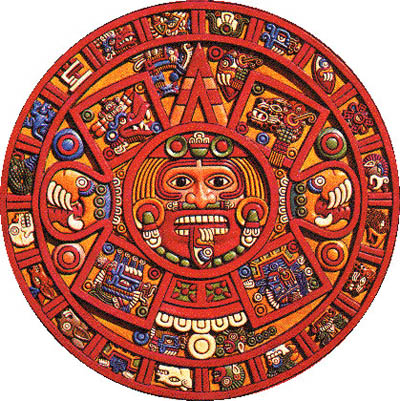The Mayan civilization, renowned for its advancements in astronomy, mathematics, and monumental architecture, left an indelible mark on history. Central to their cultural identity was the intricate Mayan calendar, a system that not only measured time but also held profound spiritual and cosmological significance. In this comprehensive exploration, we embark on a journey through the temporal landscape of the Mayan calendar, unraveling its mysteries and delving into the enigmatic concept of “Doomsday” as prophesied by this ancient civilization.

The Mayan civilization, flourishing in Mesoamerica from 2000 BCE to 1500 CE, devised an astonishingly sophisticated calendrical system. Comprising various interlocking cycles, the Mayan calendar meticulously tracked celestial events, agricultural cycles, and religious ceremonies. At the heart of this temporal labyrinth were the Tzolk’in (260 days) and Haab’ (365 days) calendars, forming an intricate weave that guided the rhythm of Mayan life.

At the apex of Mayan calendrical complexity was the Long Count calendar, designed to measure longer spans of time. The Long Count served as a cosmic odometer, ticking off days from a mythical starting point—believed by many to be August 11, 3114 BCE. This calendar allowed the Mayans to record historical events, celestial occurrences, and divine interventions with astonishing precision.

The Mayan calendar gained global attention as the world approached December 21, 2012—a date often misconstrued as a doomsday prophecy. This misinterpretation arose from the completion of a significant cycle in the Long Count, sparking speculation about apocalyptic events. In reality, the Mayans saw this date as a transition, not an end, marking the start of a new baktun (a period of approximately 394 years).
To the Mayans, the conclusion of a cycle in the Long Count represented a time of spiritual renewal and rebirth rather than cataclysmic doom. It symbolized the cosmic continuation of existence, akin to the cyclical nature of the agricultural seasons and celestial phenomena they so meticulously observed.
While the Mayan civilization eventually declined, its legacy endures in the form of architectural marvels, intricate hieroglyphic texts, and, of course, the remarkable calendrical system. Modern scholars continue to unravel the complexities of the Mayan calendar, recognizing its profound influence on our understanding of time, astronomy, and the interconnectedness of the spiritual and natural worlds.
The Mayan calendar stands as a testament to the intellectual prowess of an ancient civilization that meticulously observed the celestial dance of the cosmos. Beyond the myths and misconceptions, the Mayan calendar beckons us to explore the temporal enigma left behind by this extraordinary culture. By understanding the intricate interplay of cycles and the spiritual depth embedded in their timekeeping system, we gain insight into the enduring legacy of the Mayan civilization—a civilization that wove the fabric of time itself.

